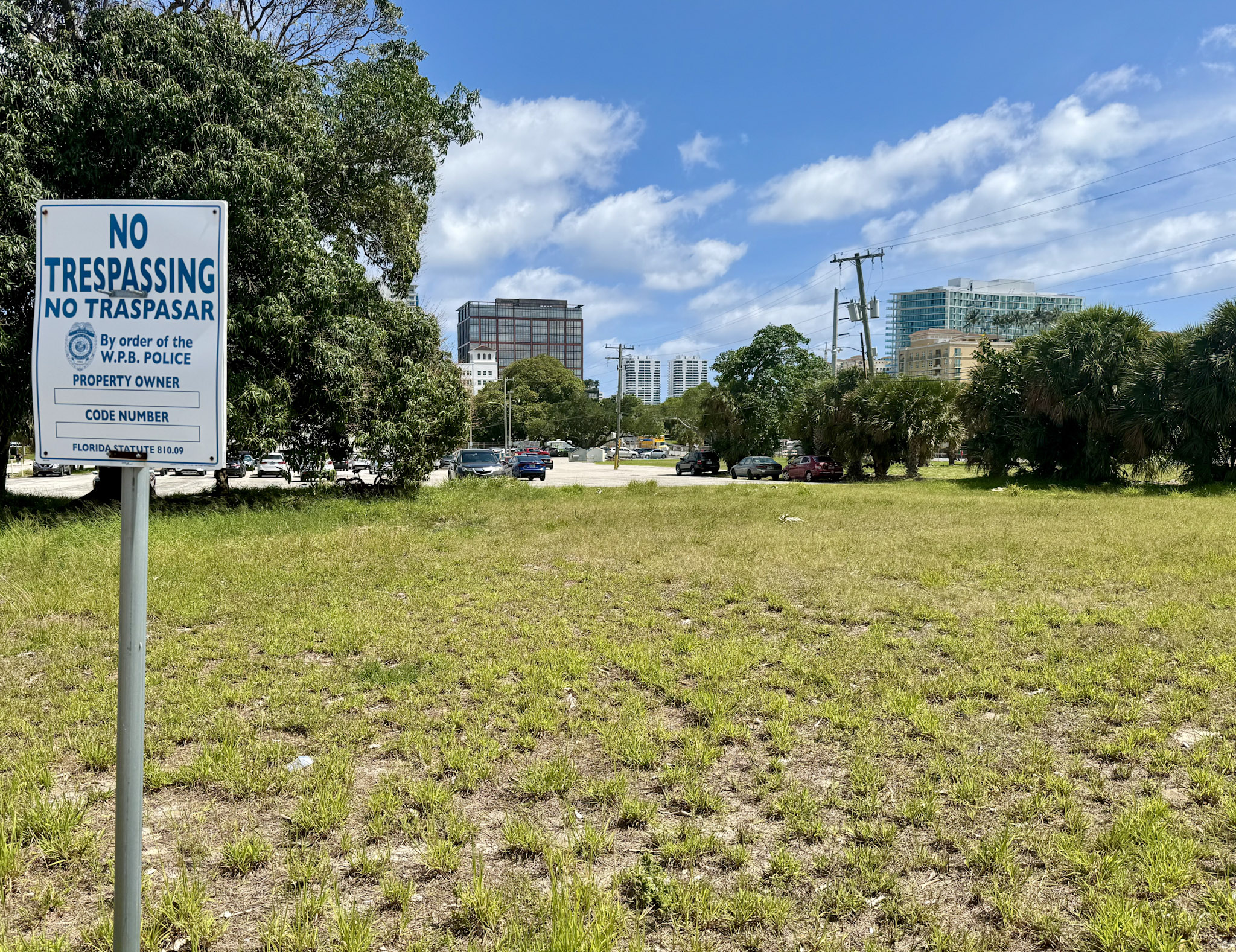Air Quality Action Day Declared in Pennsylvania: Emphasis on Sustainable Development Goals
Overview of the Code Orange Air Quality Action Day
The Pennsylvania Department of Environmental Protection (DEP) has declared a Code Orange Air Quality Action Day for ozone on Monday, June 23. This alert affects Philadelphia, Bucks, Montgomery, Chester, Delaware, Lehigh, Northampton, Berks, Cumberland, Dauphin, Lancaster, Lebanon, and York counties.
Environmental Conditions and Health Implications
- On June 23, a large high-pressure system will cause very hot conditions with temperatures reaching the mid- to upper-90s Fahrenheit.
- Very light southwest winds and minimal air recirculation will reduce vertical mixing, leading to significant ozone concentrations in the Code Orange range during the afternoon and evening.
- Fine particle pollution levels are expected to remain in the lower to middle moderate range.
- Sensitive populations—including young children, the elderly, and individuals with respiratory conditions such as asthma, emphysema, and bronchitis—are advised to limit outdoor activities during peak ozone periods.
Understanding Ozone Formation and Pollution Sources
- Ozone forms when nitrogen oxides and volatile organic compounds (VOCs), known as “precursors,” react with sunlight.
- High ozone levels are typical in summer months due to longer daylight hours and increased precursor emissions.
- Primary sources of ozone precursors include car exhaust and industrial emissions; wildfire smoke can also contribute.
- Densely populated areas with heavy traffic and industrial activity are most affected by ozone pollution.
Recommended Actions to Reduce Ozone Pollution
In alignment with the United Nations Sustainable Development Goals (SDGs), particularly SDG 3 (Good Health and Well-being), SDG 11 (Sustainable Cities and Communities), and SDG 13 (Climate Action), residents and businesses are encouraged to voluntarily reduce ozone pollution by:
- Driving less through carpooling or using public transportation;
- Combining errands to minimize vehicle trips;
- Limiting engine idling to reduce emissions;
- Refueling vehicles after dusk to decrease evaporative emissions;
- Conserving electricity by setting air conditioning to higher temperatures and turning off unused lights.
Air Quality Index and Public Awareness
The U.S. Environmental Protection Agency’s (EPA) Air Quality Index (AQI) uses standardized color codes to forecast and report daily air quality:
- Green: Good air quality
- Yellow: Moderate air quality
- Orange: Unhealthy for sensitive groups
- Red: Unhealthy for all
An Air Quality Action Day is declared when the AQI forecast reaches Code Orange or higher, signaling the need for public caution and action to protect health and the environment.
Resources and Further Information
Residents are encouraged to monitor current air quality conditions at www.airnow.gov.
Additional information is available from the Pennsylvania Department of Environmental Protection at www.ahs.dep.pa.gov/AQPartnersWeb.
Conclusion
This Air Quality Action Day highlights the critical connection between environmental health and sustainable development. By adopting recommended practices, communities contribute to achieving the Sustainable Development Goals, fostering healthier environments and resilient urban areas.

1. Sustainable Development Goals (SDGs) Addressed or Connected
- SDG 3: Good Health and Well-being
- The article discusses the health impacts of ozone pollution, especially on sensitive groups such as young children, the elderly, and people with respiratory problems.
- SDG 11: Sustainable Cities and Communities
- The focus on air quality in urban and densely populated counties relates to making cities safer and healthier.
- SDG 13: Climate Action
- Efforts to reduce emissions from vehicles and industry contribute to climate action by addressing air pollution precursors.
- SDG 7: Affordable and Clean Energy
- Encouragement to conserve electricity and reduce energy use aligns with promoting energy efficiency.
2. Specific Targets Under Those SDGs
- SDG 3: Good Health and Well-being
- Target 3.9: Reduce the number of deaths and illnesses from hazardous chemicals and air, water, and soil pollution and contamination.
- SDG 11: Sustainable Cities and Communities
- Target 11.6: Reduce the adverse per capita environmental impact of cities, including air quality improvement.
- SDG 13: Climate Action
- Target 13.2: Integrate climate change measures into national policies, strategies, and planning.
- SDG 7: Affordable and Clean Energy
- Target 7.3: Double the global rate of improvement in energy efficiency.
3. Indicators Mentioned or Implied in the Article
- Air Quality Index (AQI)
- The article explicitly mentions the EPA’s Air Quality Index (AQI) color codes (Green, Yellow, Orange, Red) as a standardized indicator to measure daily air pollution levels.
- Code Orange Air Quality Action Day is declared based on AQI forecast values, indicating unhealthy pollution levels for sensitive groups.
- Ozone Concentrations
- Ozone levels and their concentration ranges (e.g., Code Orange range) are implied indicators for assessing air quality and health risks.
- Emission Reduction Measures
- Indicators related to reduction in vehicle trips, engine idling, and electricity consumption are implied as measures to track progress in reducing ozone precursors.
4. Table of SDGs, Targets, and Indicators
| SDGs | Targets | Indicators |
|---|---|---|
| SDG 3: Good Health and Well-being | Target 3.9: Reduce deaths and illnesses from hazardous chemicals and air pollution. | Air Quality Index (AQI) levels; incidence of respiratory illnesses linked to air pollution. |
| SDG 11: Sustainable Cities and Communities | Target 11.6: Reduce adverse environmental impact of cities, including air quality improvement. | Ozone concentration levels; AQI color codes for urban areas. |
| SDG 13: Climate Action | Target 13.2: Integrate climate change measures into policies and planning. | Reduction in emissions of ozone precursors (NOx, VOCs); monitoring of air pollution episodes. |
| SDG 7: Affordable and Clean Energy | Target 7.3: Double the rate of improvement in energy efficiency. | Electricity consumption rates; adoption of energy-saving measures (e.g., A/C settings, lighting usage). |
Source: pa.gov







